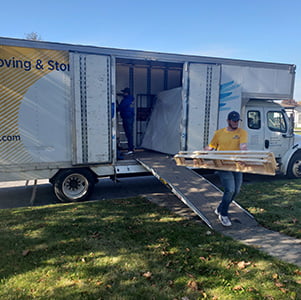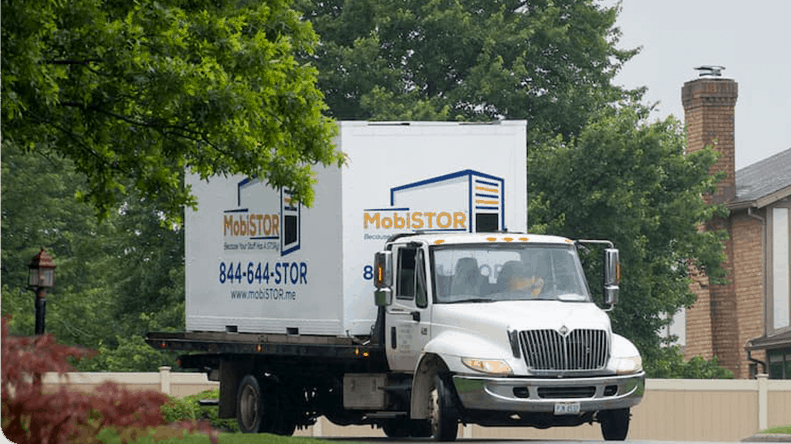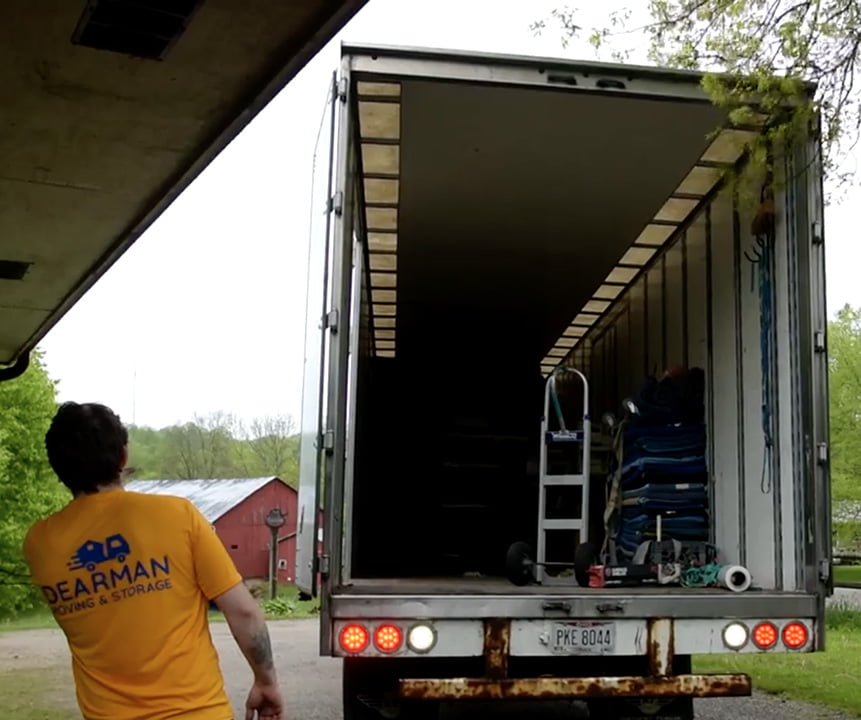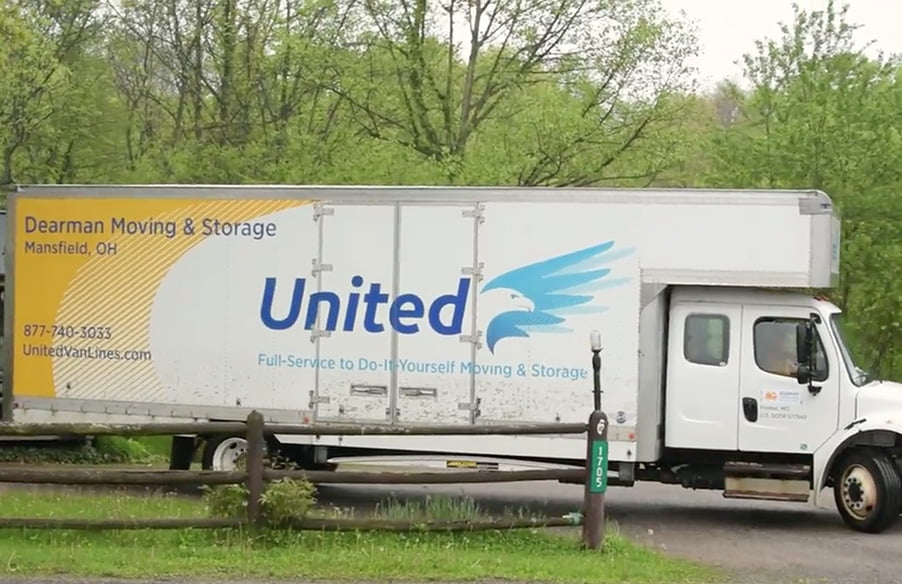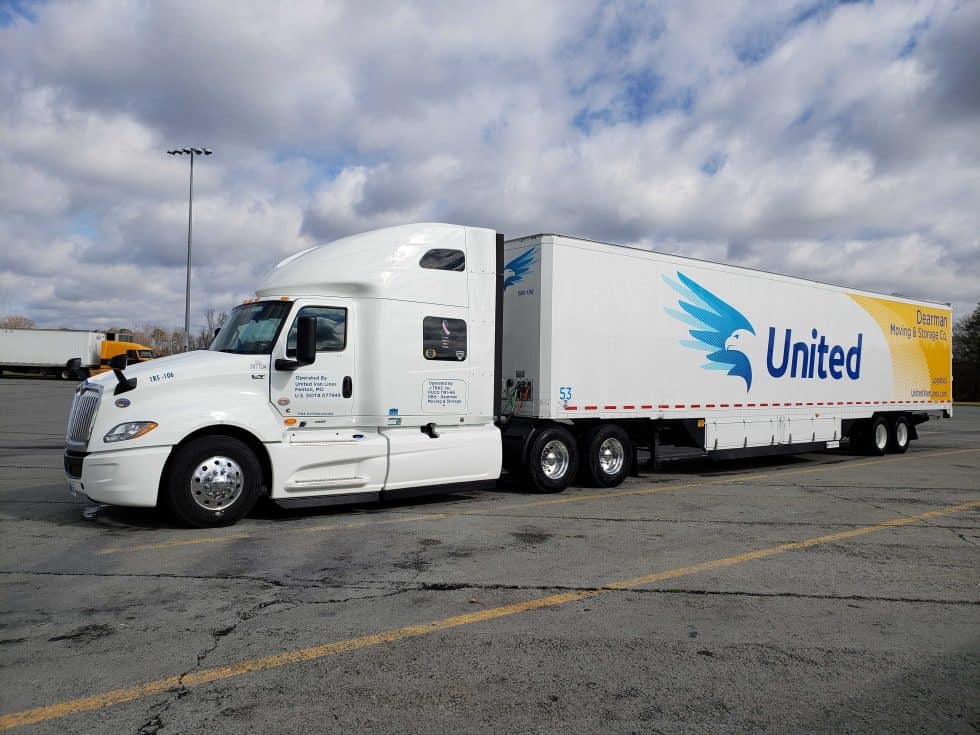Columbus long-distance movers face a myriad of challenges, with weather-related obstacles standing out prominently. Ohio's seasonal weather variations, from winter snowstorms to heavy spring rains, can significantly impact moving logistics and timelines. Snowstorms may lead to road closures and delays in transit, while spring rains can cause slippery conditions and potential water damage to belongings. Navigating these unpredictable weather patterns requires careful planning and flexibility to ensure a smooth moving process for clients.
Whether residential moving or corporate relocation, one notable advantage for long-distance movers in Ohio is the state's central U.S. location. Situated strategically in the heart of the country, Ohio offers opportunities for more efficient and faster cross-country moves. This key geographical position allows for streamlined transportation routes, reducing travel time and ultimately leading to cost savings for clients. The accessibility and connectivity provided by Ohio's central location make it a desirable starting point for long-distance relocations.
When it comes to urban versus rural moving logistics, long-distance movers operating in Ohio must adapt to the distinct requirements of residents in major cities like Columbus and Cleveland compared to those in rural areas. Urban moves often involve navigating tight streets, high-rise buildings, and parking restrictions, necessitating meticulous planning and coordination. In contrast, moving services in rural regions may face challenges such as limited access roads, longer travel distances, and potential delays due to remote locations. Successfully managing the logistical nuances of both urban and rural moves demands a tailored approach to address the unique needs of clients across varied Ohio landscapes.






